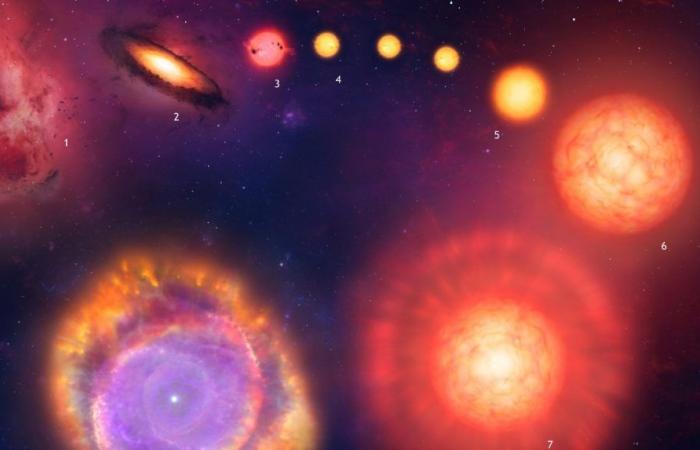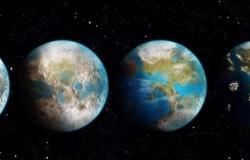Discover how and when the Sun, the closest star to us in the entire Universe and “king star” of this planetary system, will die.
The Sun, with its 4.5 billion yearsis a little less than half of the life it is estimated could reach. Is a starnamely, a celestial body that produces light and heat due to the core activity and which is made up of helium and hydrogen, mostly. This star presides over our planetary system, watching all the planets of this family orbit around it. Because of the above, which puts us in a direct relationship with the star giantit is natural that we wonder when and how will the Sun die. This is what we know.
When and how will the Sun die?
In fact, although the Sun counts more than 4.5 billion years, is still far from dead. What’s more, The calculations indicate that there is still more ahead of us than what we have.
You may be interested in: How much would you weigh on other planets in the Solar System?
So, the closest star to us, located about 150 million kilometers of our planet, expected to die within 5 billion years. As?
You may be interested in: Nibiru: the story of the mysterious planet that was going to ‘exterminate’ the Earth
When the time has come, the fate of the Sun corresponds to that of a white dwarf, according to the specialized site, Space.com. Is that the star will use up all the nuclear fuel it is capable of burning. From there, it will eventually cool and fade, as it experiences increasingly lower temperatures.
Sun…
- It has the hottest region in its core, since it reaches 15 million degrees Celsius
- It has a magnetic field twice as strong as that of Earth
- It influences all the nature of the Solar System with the different forms of activity that it has
- Being a plasma ball does not have a solid surface
- It has no moon or natural satellitesbut it is orbited by 8 planets and billions of other bodies
- Turn counterclockwise and It takes 25 to 35 days to complete a move of these
- Although it is really white, appears yellow or orange because the blue light it emits has a shorter wavelength and disperses into the atmosphere
- It will expand about 200 times its current radius, for which it will swallow Mercury and Venus
- It is made up of layers: core, radiant zone, convective zone, photosphere, chromosphere and corona
- Deep in its core, converts hydrogen to helium under a process called nuclear fusion
Keep reading:
These are the rarest planets we know of so far
Gigantic collisions gave rise to the planets of the Solar System
This protostar could reveal the secret of planet formation
The end of the world is close? Mars could collide with Earth: Exact date revealed
This could be the dramatic end of the Earth (and, incidentally, of the solar system)






